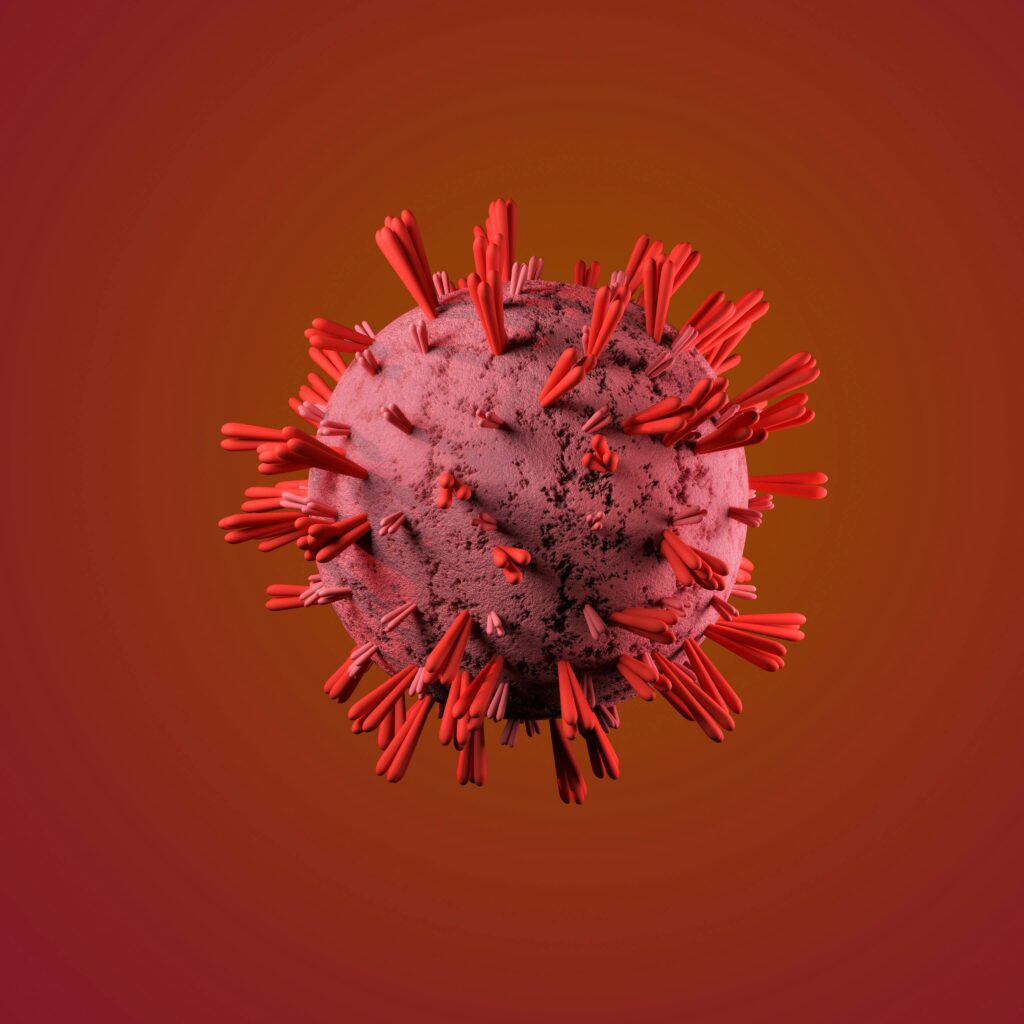Knowledge Of Biological Science
Knowledge of Biological Science

What are Viruses?
Viruses are tiny infectious agents made up of genetic material (either DNA or RNA) enclosed in a protein coat called a capsid. Some viruses also have an outer lipid envelope. They are much smaller than bacteria and cannot reproduce or carry out metabolic processes on their own. Instead, viruses must infect a host cell and use its machinery to replicate.
Key Characteristics:
- Structure: Most viruses consist of a nucleic acid core (genetic material), a protein coat, and sometimes a lipid envelope.
- Non-Living: Viruses are considered non-living because they cannot reproduce independently or maintain metabolic processes without a host.
- Host Specificity: Viruses can infect a variety of organisms, including humans, animals, plants, fungi, and even bacteria (bacteriophages).
How Viruses Work:
- Attachment: The virus binds to specific receptors on the surface of the host cell.
- Entry: The virus or its genetic material enters the host cell.
- Replication: The host cell’s machinery is hijacked to replicate the virus’s genetic material.
- Assembly: New viral particles are assembled.
- Release: The new viruses are released, often destroying the host cell in the process, and go on to infect other cells.
Examples of Viruses:
- Influenza Virus: Causes the flu.
- Human Immunodeficiency Virus (HIV): Causes AIDS.
- SARS-CoV-2: The virus responsible for COVID-19.
- Herpes Simplex Virus (HSV): Causes oral and genital herpes.
Viruses can cause a range of diseases, but not all are harmful. Some viruses are even being explored for their use in gene therapy and cancer treatments.